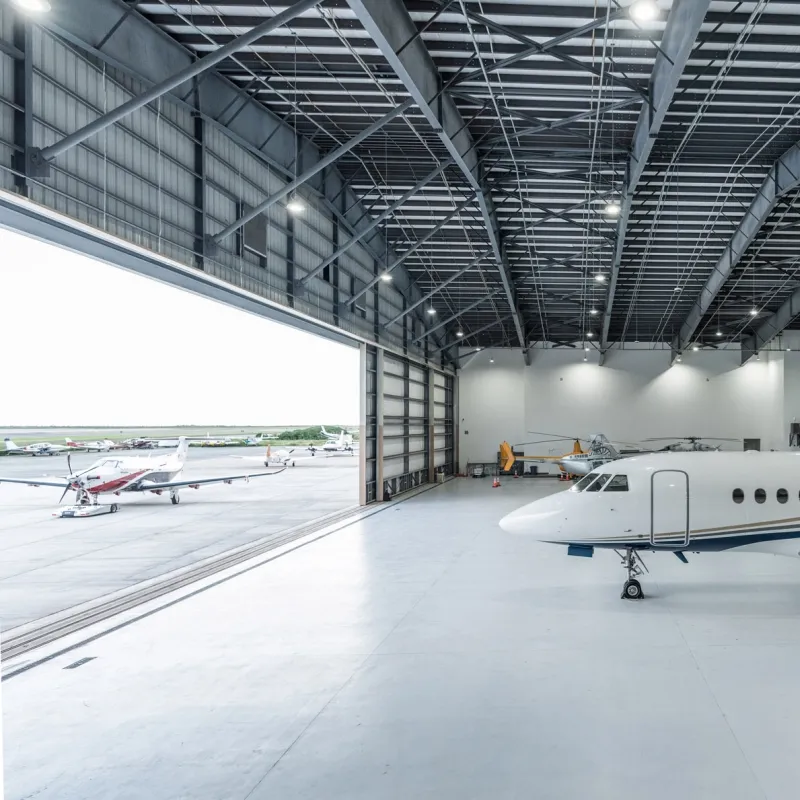- Afrikaans
- Albanian
- Amharic
- Arabic
- Armenian
- Azerbaijani
- Basque
- Belarusian
- Bengali
- Bosnian
- Bulgarian
- Catalan
- Cebuano
- Corsican
- Croatian
- Czech
- Danish
- Dutch
- English
- Esperanto
- Estonian
- Finnish
- French
- Frisian
- Galician
- Georgian
- German
- Greek
- Gujarati
- Haitian Creole
- hausa
- hawaiian
- Hebrew
- Hindi
- Miao
- Hungarian
- Icelandic
- igbo
- Indonesian
- irish
- Italian
- Japanese
- Javanese
- Kannada
- kazakh
- Khmer
- Rwandese
- Korean
- Kurdish
- Kyrgyz
- Lao
- Latin
- Latvian
- Lithuanian
- Luxembourgish
- Macedonian
- Malgashi
- Malay
- Malayalam
- Maltese
- Maori
- Marathi
- Mongolian
- Myanmar
- Nepali
- Norwegian
- Norwegian
- Occitan
- Pashto
- Persian
- Polish
- Portuguese
- Punjabi
- Romanian
- Russian
- Samoan
- Scottish Gaelic
- Serbian
- Sesotho
- Shona
- Sindhi
- Sinhala
- Slovak
- Slovenian
- Somali
- Spanish
- Sundanese
- Swahili
- Swedish
- Tagalog
- Tajik
- Tamil
- Tatar
- Telugu
- Thai
- Turkish
- Turkmen
- Ukrainian
- Urdu
- Uighur
- Uzbek
- Vietnamese
- Welsh
- Bantu
- Yiddish
- Yoruba
- Zulu
Nov . 27, 2024 06:15 Back to list
The Importance of Metal Buildings in Agriculture
Agriculture is the backbone of the global economy, fueling food production and driving trade. As the industry evolves, so too does the infrastructure that supports it. One significant development in this sector is the increasing adoption of metal buildings. Using metal structures in agriculture is proving to be a game-changer, providing farmers and producers with durable, versatile, and cost-effective solutions.
Strength and Durability
One of the primary reasons metal buildings have gained popularity in agriculture is their strength and durability. Unlike traditional wooden structures, metal buildings offer superior resistance to the elements. They can withstand harsh weather conditions, including heavy rain, snow, and high winds. This resilience reduces the need for frequent repairs or replacements. Farmers can invest in a structure once and rely on it for years, which is critical in an industry where time and resources are precious.
Moreover, metal does not warp, crack, or rot. These qualities are essential for environments where hygiene and safety are paramount, such as in livestock housing or storage for crops. Metal buildings are also resistant to pests, further lowering maintenance costs and enhancing the longevity of the structure.
Versatility and Customization
Metal buildings are incredibly versatile and can be customized to fit a variety of agricultural needs. Whether it's a barn, greenhouse, storage facility, or equipment shed, metal buildings can be designed to accommodate specific requirements. Their open-span construction allows for a more significant usable space without internal columns, making it easier to move large equipment in and out.
Additionally, the interior of metal buildings can be easily modified or expanded as the agricultural operation grows. Catering to evolving needs is crucial in farming, where factors like crop rotation, changes in livestock practices, or the introduction of new technologies can necessitate quick changes in infrastructure.
Cost-Effectiveness
agriculture metal buildings

In an industry where margins can be thin, cost-effectiveness is a significant consideration. Metal buildings generally require lower initial investments compared to traditional buildings. This affordability extends beyond the construction phase. Maintenance costs for metal buildings are considerably lower; they do not require painting or chemical treatments, unlike wood structures that can be susceptible to decay.
Furthermore, metal buildings can improve energy efficiency. Proper insulation can be added to these buildings, reducing heating and cooling costs. The long-term savings associated with energy efficiency make metal structures a wise investment.
Sustainability and Environmental Impact
As agricultural practices become more focused on sustainability, metal buildings stand out due to their eco-friendly qualities. Most metal buildings are made from recycled materials, and the steel used can be reused or recycled at the end of its life, minimizing waste and reducing the carbon footprint.
In addition, the production of steel for metal buildings has become significantly more energy-efficient over the years. As producers look for ways to implement sustainable practice within their operations, transitioning to metal buildings aligns with these goals while still meeting their operational needs.
Speed of Construction
In agriculture, timing can be everything. Farmers often need buildings to be operational quickly, whether for seasonal crops or livestock. Metal buildings are faster to construct than their wooden counterparts due to the prefabricated sections that require less on-site labor. This speed can help farmers get back to what they do best focusing on their crops and animals without the distraction of lengthy construction timelines.
Conclusion
As the agriculture sector continues to evolve, so too must the buildings that support it. The advantages of metal buildings—strength, durability, versatility, cost-effectiveness, sustainability, and speed of construction—make them an essential choice for modern agricultural needs. As farmers face the challenges of climate change, market fluctuations, and the demand for increased efficiency, investing in metal buildings is not just a trend; it’s a strategic decision for a sustainable future in agriculture. By embracing these innovative structures, the agricultural industry can thrive and continue to feed the world effectively.
-
How Do Prefabricated Steel Structures Transform Modern Construction?
NewsJul.14,2025
-
How Do Prefabricated Metal Buildings Redefine Modern Construction?
NewsJul.14,2025
-
How Do Prefab Insulated Metal Buildings and Steel Structures Revolutionize Modern Construction?
NewsJul.14,2025
-
How Do Pre - Engineered Steel Structures Redefine Modern Construction?
NewsJul.14,2025
-
Advancing Modular Construction with Prefabricated Metal Structures
NewsJul.14,2025
-
Advancing Industrial Infrastructure with Prefabricated Steel Solutions
NewsJul.14,2025
Products categories
Our Latest News
We have a professional design team and an excellent production and construction team.












